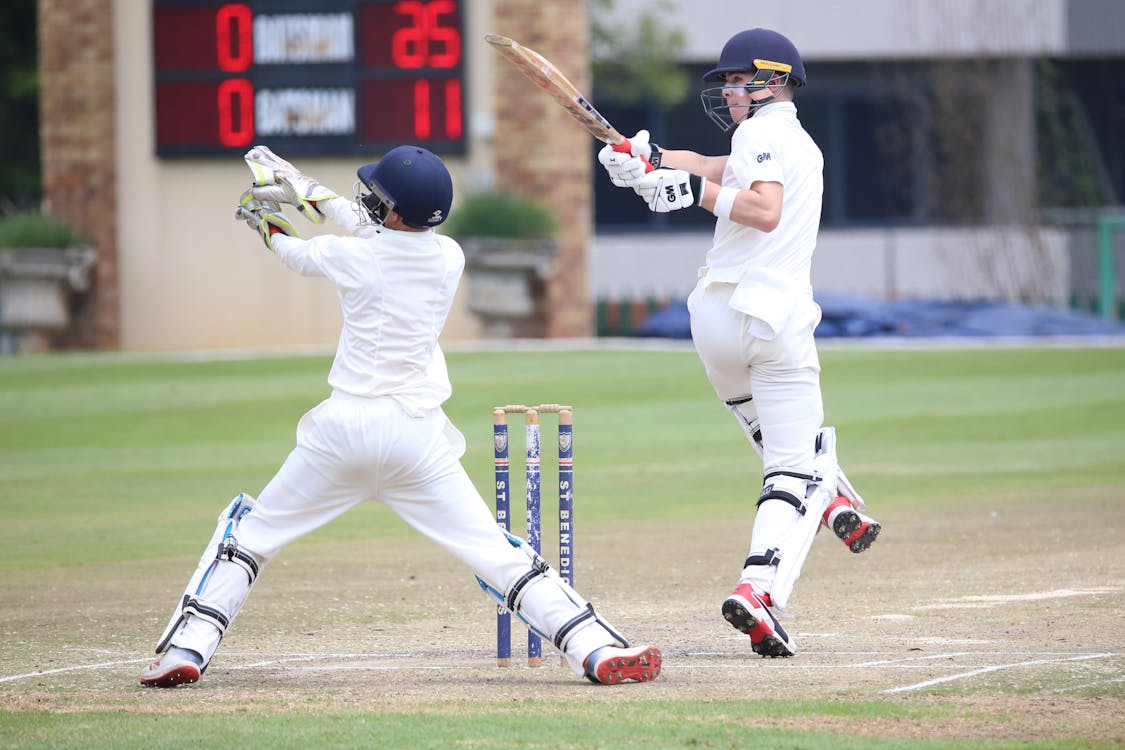How does scoring work in cricket?
Published - 21 Feb 2025, 07:58 AM | Updated - 21 Feb 2025, 11:38 PM

Cricket is one of the most popular sports in the world, particularly in India, the UK, and Australia, and its popularity continues to grow. With cricket returning to the 2028 Olympic Games after more than a century, its importance is set to increase — but many U.S. citizens remain unfamiliar with the sport.
This is why Mark Dash of DashTickets decided to create this short guide to help newcomers quickly grasp some of the core cricket concepts. If you were wondering how scoring works in cricket, check out our article.
Cricket: Briefly
If you’re completely new to cricket, here are some basics to help you understand the game better.
Cricket is a bat-and-ball game that is played by two teams, each consisting of 11 players. The game begins with one team batting and the other fielding. The batting team only has two players on the field — the striking batter and the non-striking batter. In contrast, the fielding team has all eleven players on the field.
In general, the gameplay is as follows: the fielding team’s bowler throws the cricket ball into the wicket — a simple set of three stumps holding two bails. The opposing team’s striking batter tries to defend his wicket by hitting the ball with his bat. When the batter succeeds, they decide whether they should run or not. That’s when we can finally talk about scoring.
Scoring in cricket
The score in cricket is determined by the number of successful runs each team accumulates, with the team scoring more runs winning the game. When the batter deflects the ball, he can choose to switch positions with the non-striker, who stands on the opposite side of the pitch. Each time the batters switch places constitutes a run. If the batters complete an odd number of runs, they switch places, and the non-striker becomes the new striker.
At the same time, the fielding team tries to retrieve the ball and hit the wicket. Once they succeed, the batters cannot score any more runs. As experts from Kasinobonus.io note, in general, scoring one to three runs over a hit is common, with less or more being rarer.
However, as we’ve mentioned before, the batter can decide not to run at all. Why wouldn’t they? Well, there are several possible scenarios for the batting team after the batter hits the ball:
| Scenario | Outcome |
| The ball stays in the field and the opposing team returns it to the pitch. | The batting team earned as many runs as they were able to finish before the fielding team returned the ball. |
| A fielder catches the ball before it touches the ground. | The batting team earns no runs at all, and the batter is dismissed. |
| The ball crosses the boundary without touching the ground. | The batting team automatically earns 6 runs. |
| The ball touches the ground but still crosses the boundary. | The batting team automatically earns 4 runs. |
While we’ve mentioned one already, there are several scenarios in which the batters are dismissed and have to be replaced with other players from their team. For example, if a bowler manages to hit the wicket with a ball and the batter is unable to deflect it, the batter will be dismissed.
As you remember, there are 11 players on each team, and the batting team only has two players on the field, which means there are only 10 possible replacements before the batting team doesn’t have enough people on the field. If a team loses 10 wickets, their innings ends, and they can no longer score runs, switching to play as the fielding team.
The final score
The scoring system in cricket is based on both the number of runs and the number of wickets lost, which can be confusing for newcomers. What you should know is that the game outcome is only decided by the number of runs, with the team that scored more runs being the winner. The number of wickets generally represents how close the competition was.












